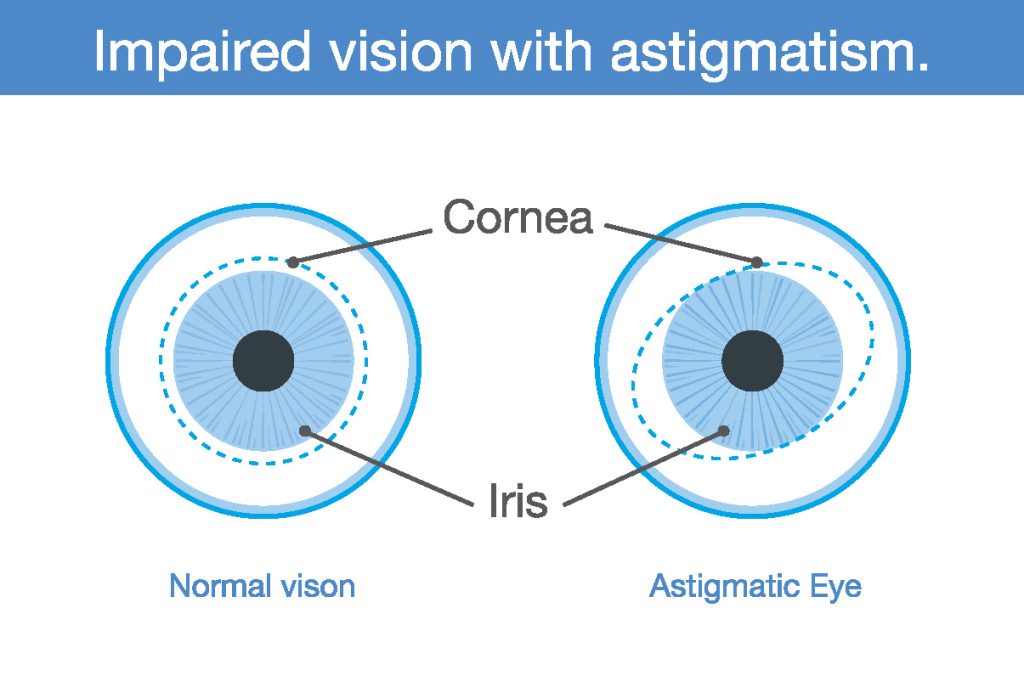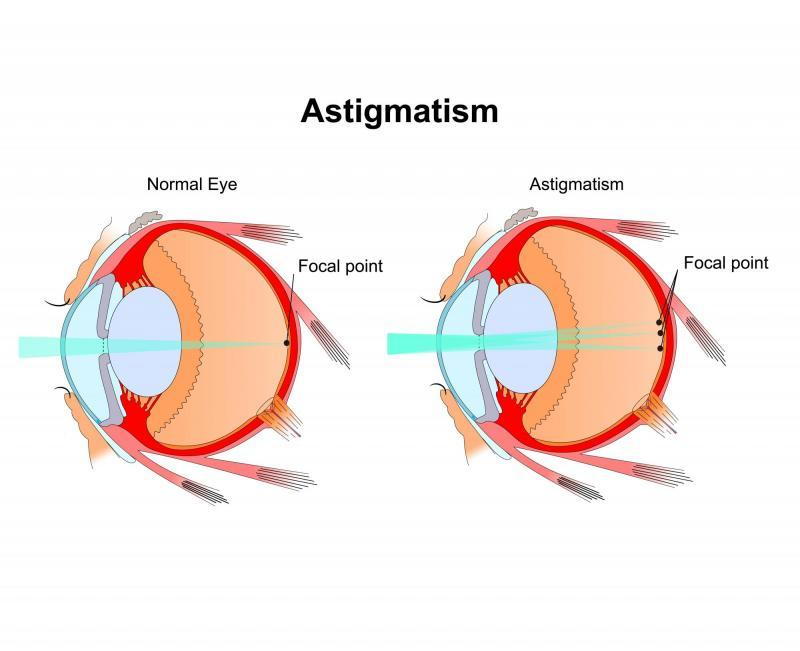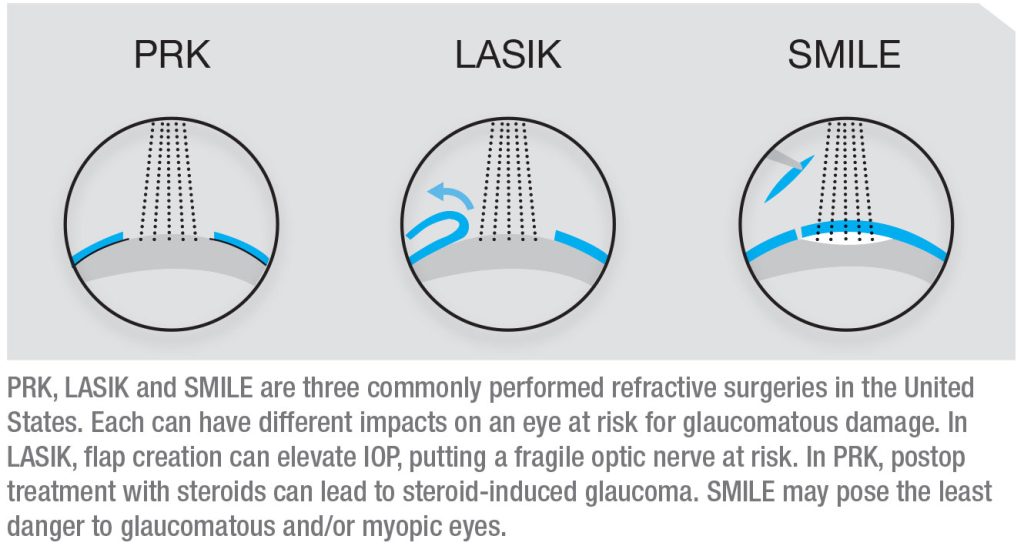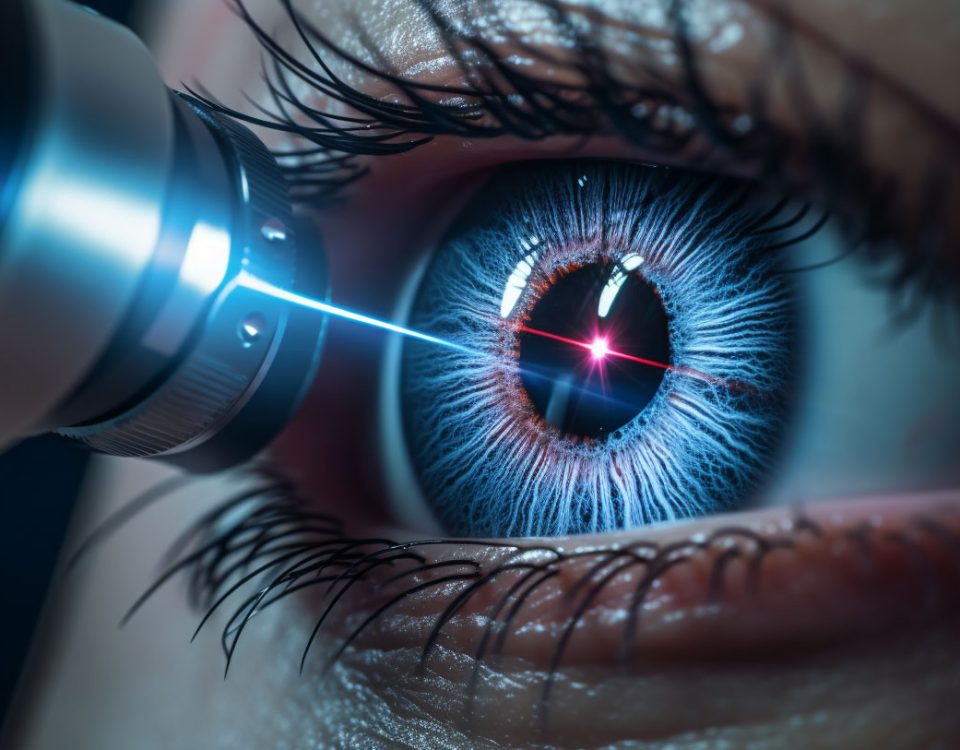
Comprehensive Guide for Choosing Sunglasses and Prescription Glasses that Suit Your Face Shape

Headaches After Wearing Glasses: Causes and Treatment Methods
Astigmatism is a common eye condition that affects a significant portion of the population worldwide. In this article, we will delve into the intricacies of astigmatism, exploring its definition, the role of various eye components in its development, factors causing its occurrence, diagnosis methods, and effective treatment options. Understanding these aspects will not only contribute to raising awareness about astigmatism but also help individuals suffering from this condition seek appropriate professional help to optimize their visual acuity.
About Astigmatism
Eye astigmatism , its symptoms and treatment play an important role in eye and eye diseases. Astigmatism, like farsightedness and myopia, are in the category of eye problems that are caused by different factors and can be controlled by different methods. All these details will be described in the following paragraphs according to the latest scientific findings of the world.

Factors causing astigmatism
People both in childhood and in adulthood may be exposed to this condition, but there are various factors that can be effective in causing this condition of vision. These factors are as follows:
- Genetic factor: a group of people have this problem by birth and inheritance.
- Eye damage: wounds and other eye injuries, whether they are caused gradually or suddenly, can become a suitable platform for the development of this complication.
- Some diseases: suffering from some specific diseases can be one of the causes of astigmatism.
- Surgery: performing some surgeries such as cataract surgery can also be considered as one of the influential factors in causing this vision problem.
- Keratoconus or keratoconus: keratoconus is one of the main causes of astigmatism.
- Thinning of the cornea: sometimes due to various factors, the cornea becomes thin. This complication has consequences such as astigmatism.
- Severe myopia: In people with severe myopia, this complication is also likely.
- Extreme farsightedness: extreme farsightedness also has consequences, just like myopia, which also includes this disease.
When the lens or the cornea of a person’s eye is not regular in shape, or the eyeball is not the usual spherical shape, that person suffers from astigmatism. The complete sphericity of the eyeball is one of the characteristics that is necessary to have a normal vision. In the condition that the eyeball is perfect, the reflection of the incoming light is equal and regular.
But if the eyeball is inclined to be oval, the reflection of the incoming light will be bent in one direction. Irregular breaking of light reflection causes the problem of astigmatism. Usually, astigmatism may be associated with myopia or farsightedness and is usually corrected with glasses .
Factors Causing Astigmatism Many factors can lead to the development of astigmatism

Astigmatism diagnosis methods
Different methods and tools are used to diagnose this condition. Some of these methods and tools include:
- Optometry : This procedure is performed when the doctor wants to determine a person’s eyesight and his astigmatism eye score. The optometrist uses boards with letters in different sizes for this purpose.
- Using a phoropter: A phoropter is the name of a very precise device that is connected to a monitor. In a very short period of time, this device detects the number of eyes and the most minor eye problems of astigmatism. In addition, the working speed of this device is very high.
- Using a keratometer: A keratometer is a device that is used to measure the anterior part of the cornea and evaluate its different angles.
- Use of autorefractor: Autorefractor is another tool that is used to detect visual acuity. This device detects eye astigmatism by shining light into the eye and evaluating its reflection.
- Use of corneal topography: topography or in other words complication imaging is one of the other methods of diagnosing the desired complication. In this method, the structure of the cornea is carefully examined. Providing a color map makes it easy to diagnose keratoconus.
Eye astigmatism treatment methods
Ophthalmologists can use several methods and tools to solve this problem. These methods and tools are as follows:
- Use of glasses : In fact, the use of glasses
is one of the oldest methods of solving vision problems, which is still widely used. - Use of lenses: soft or toric lenses are the best choice to solve the problem of astigmatism. These types of lenses bend and focus the light entering the eye in their own way.
- Orthokeratology: sometimes the complication may be very severe, in this case, according to the doctor’s diagnosis, a method called orthokeratology is used. In this method, the person puts the lens in his eye at night and takes it out during the day. The main task of this type of lens is to temporarily correct the shape of the cornea of the eye.
- Refractive surgery or LASIK: In this method, which is a type of surgery, a laser
is used. By performing this surgery, the cornea changes shape and can focus light better. Before the above operation, which is the same as LASIK, the attending physician must make sure of the health of the retina and other parts of the eye. - Keratotomy (astigmatic): This surgery treats the desired condition by making radial cuts on the cornea.

Astigmatism can significantly impact an individual’s quality of life by affecting vision and overall eye health. By understanding the basics of astigmatism, its causes, diagnosis methods, and treatment options, individuals can take proactive steps towards managing their condition effectively. With the assistance of skilled eye care professionals, it is possible for individuals with astigmatism to achieve improved visual clarity and enjoy life’s many visual experiences to the fullest.



